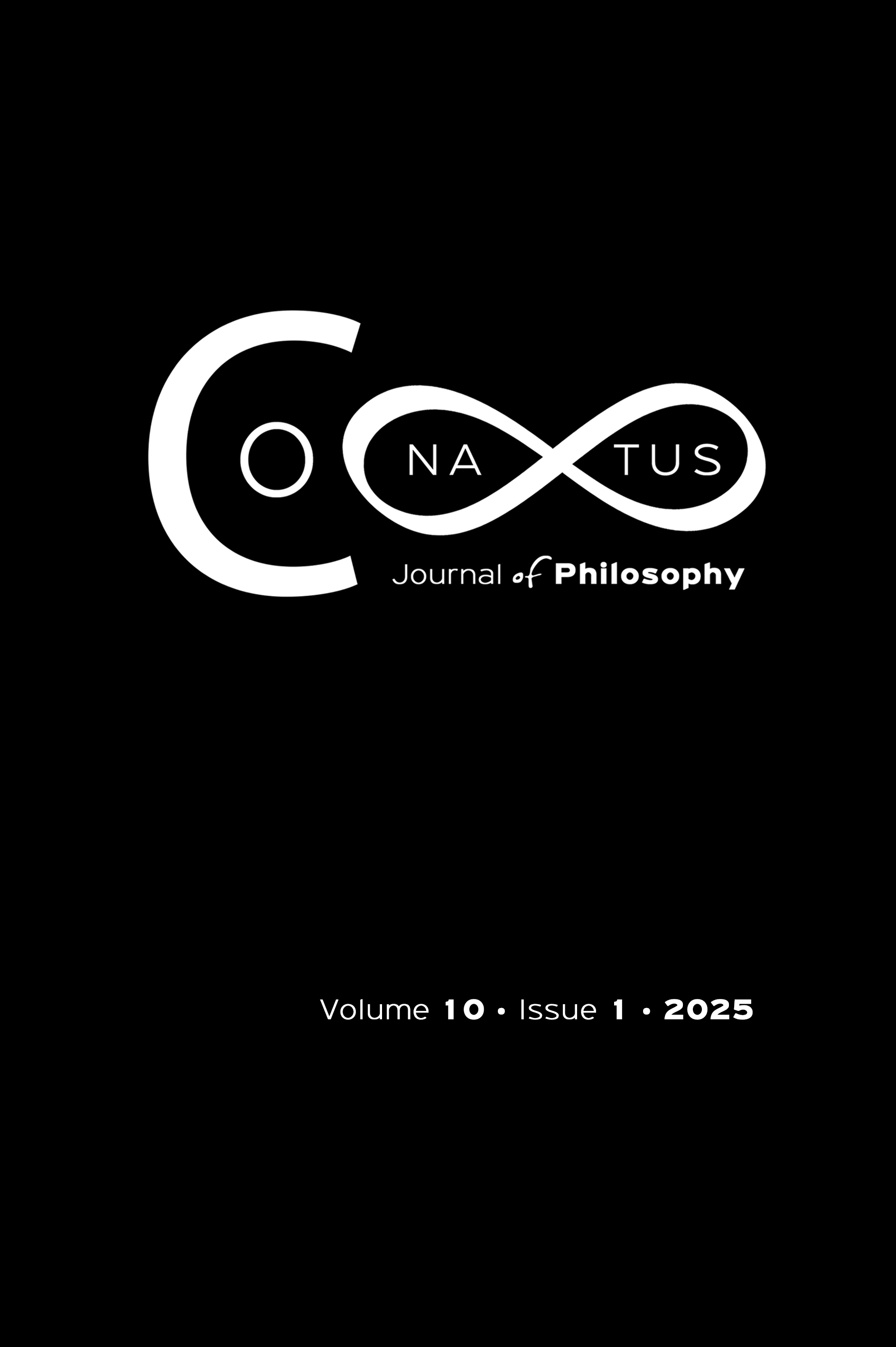What Does Self-control Look Like? Considerations about the Neurobiology of Temperance and Fortitude

Abstract
Our subject is the neurobiological characteristics of virtuous emotional responses and their integration into character. Drawing raw material from the self-reported thoughts and actions of Dr Takashi Nagai, present in Nagasaki at the time of the atomic bomb, our methodology is to conduct a highly granular examination of one specific moment where his self-control is greatly tested. This permits us then to offer an analysis of the neurobiological processes, pathways, and systems that underpin the management of emotional reactions, and in effect, draw insight into the neurobiology of virtues of temperance and fortitude, understood from an Aristotelian-Thomistic perspective. The neurobiological considerations are preceded by discussion of philosophical prerequisites founded on a Thomistic metaphysics of participation. In conclusion we offer some thoughts about the benefits of neurobiological investigations in relation to character and the aptness of the development of virtue for human beings.
Article Details
- How to Cite
-
Mullins, A. (2025). What Does Self-control Look Like? Considerations about the Neurobiology of Temperance and Fortitude. Conatus - Journal of Philosophy, 10(1), 165–191. https://doi.org/10.12681/cjp.36665
- Section
- Articles

This work is licensed under a Creative Commons Attribution-NonCommercial 4.0 International License.
Authors who publish with this journal agree to the following terms:
Authors retain copyright and grant the journal right of first publication with the work simultaneously licensed under a Creative Commons Attribution Non-Commercial International License (CC BY-NC 4.0) that allows others to share the work with an acknowledgement of the work's authorship and initial publication in this journal.
Authors are able to enter into separate, additional contractual arrangements for the non-exclusive distribution of the journal's published version of the work (e.g. post it to an institutional repository or publish it in a book), with an acknowledgement of its initial publication in this journal.
Authors are permitted and encouraged to post their work online (preferably in institutional repositories or on their website) prior to and during the submission process, as it can lead to productive exchanges, as well as earlier and greater citation of published work.





